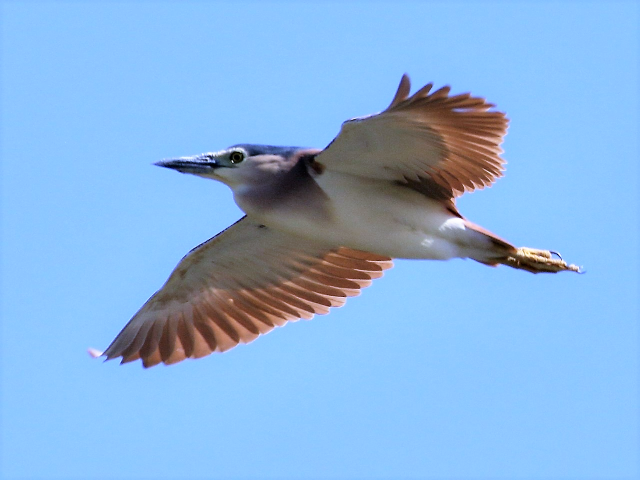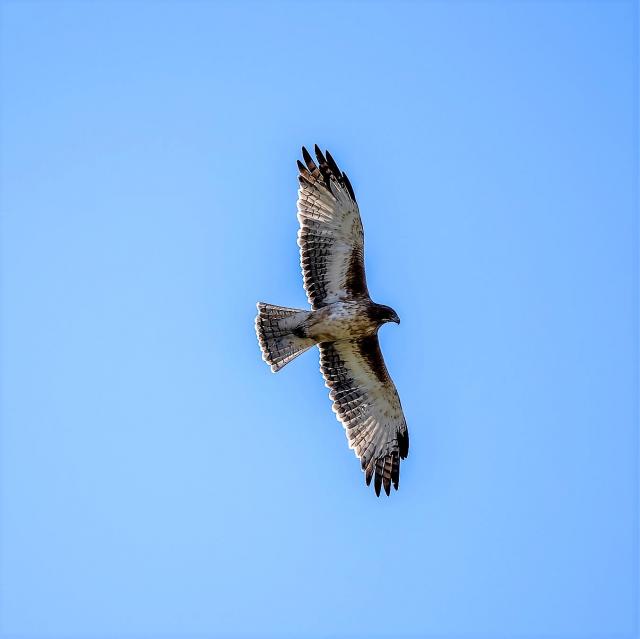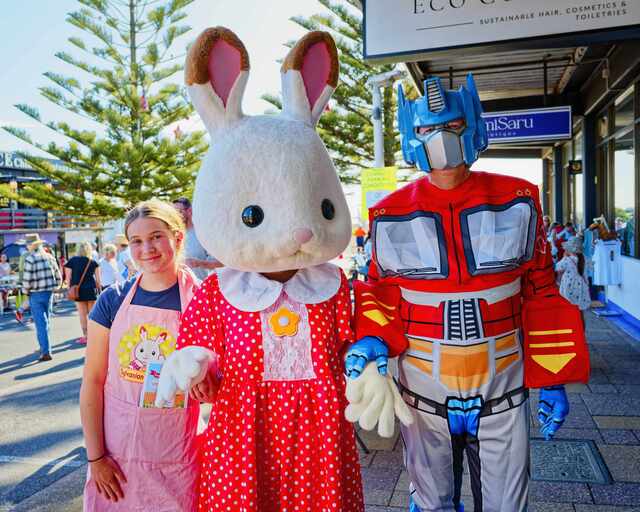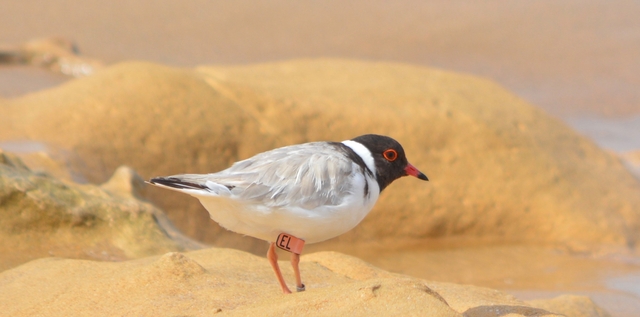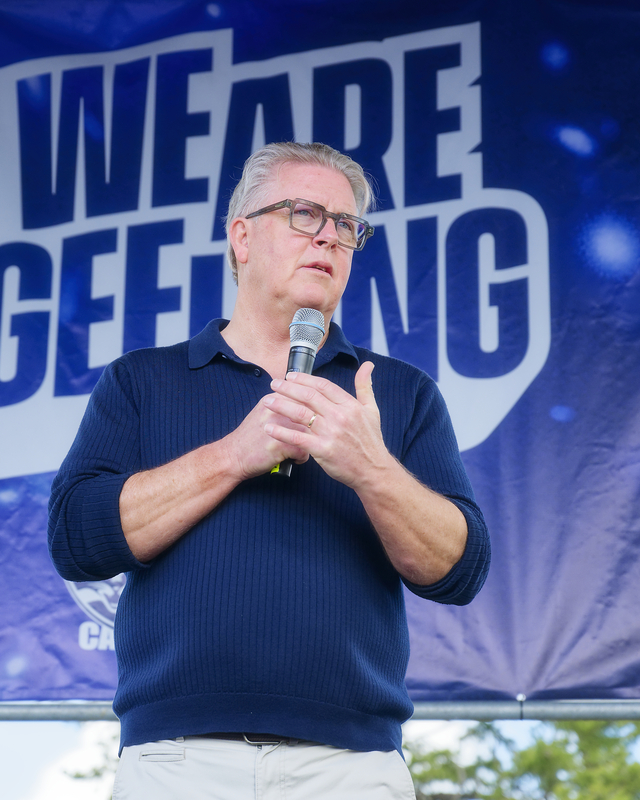The weather is certainly cooler and the days are shorter, so autumn is in full swing after some beautiful, sunny, balmy conditions in March.
I’ve certainly seen some lovely birds lately and have made the most of the glorious conditions.
One of the paediatricians at my work, Dr Jo, happened to mention that she had a southern boobook owl roosting in a casuarina tree in her street in Jan Juc.
As soon as I had a chance I ventured to the area, and up high in the tree hiding behind some branches was the owl, and it was so beautiful. Due to its position in the tree it was difficult to take a decent photo, so a few days later on a sunny morning I went back and the boobook had moved on, so I felt very lucky that I saw it on my first visit.
The southern boobook is the smallest (27cm to 36cm in length) with the male birds being smaller than the females, and I think the bird I saw was a male as it was small in stature.
It’s not often that I have spotted an owl during the day, so I was very happy that Dr Jo mentioned her exciting bird observation to me.
On the way to Jan Juc I was driving behind Bunnings in Torquay and straight in front of the car on a dead branch above the road was a magnificent grey goshawk (white morph).
By the time I managed a safe U-turn and doubled back to the tree the bird had moved behind a branch, but I still managed some photos while it amazingly allowed me to do this for a minute, as goshawks are usually very flighty when they know they are being observed.
There are two forms of the grey goshawk, namely a grey one and a white one. I have seen the grey form of the grey goshawk in NSW and Queensland.
The white morph is mostly seen in forests of north-western Australia and coastal Victoria and is the only form found in Tasmania. They are such strikingly beautiful birds so it’s always special to spot one.
There are still some migratory waders around the Bellarine, mostly at Lake Victoria and Point Henry.
Robin emailed me with some images that she took of curlew sandpipers and a possible great knot at Lake Victoria.
I have seen a few double-banded plovers (a migratory shorebird that flies between Australia and New Zealand) and red-necked stints at Point Henry.
I find that Point Henry is such a dumping ground for household rubbish that I feel so sorry for these brave birds that fly across the world to find themselves in such an uninviting habitat.
Robin also sent me a photo of a little eagle that she took at Lake Victoria. Little eagles have not been seen as often on the Bellarine of late and have been recently listed as ‘vulnerable’ in NSW, so it was great to receive Robin’s observation and photo.
I also received an email from Kevin, who visited St Leonards and saw many greater crested terns, little corellas and rainbow lorikeets.
Kevin also paid a visit to the new observation platform at Queenscliff near the boat ramp, and despite a receding tide, there were hardly any birds to be seen, although he did take some great photos of a nankeen night heron and a little egret in flight.



